
Behind every jingling coin in your pocket, there's a story of its creation—why it has the particular design it does, why it's worth as much as it is, and even why some currency types (quarters, for example) have ridges. While we may take our currency for granted, our forefathers took great care to ensure that it was the most sophisticated and effortless system in the world.
So, with that said, how much do you actually know about our system of currency? Why do quarters have ridges? To answer that question—and many, many more—we've uncovered the most interesting facts about United States currency. Think of it like a treasure chest: Of fascinating financial information.
1
Coins have ridges to prevent counterfeiting.
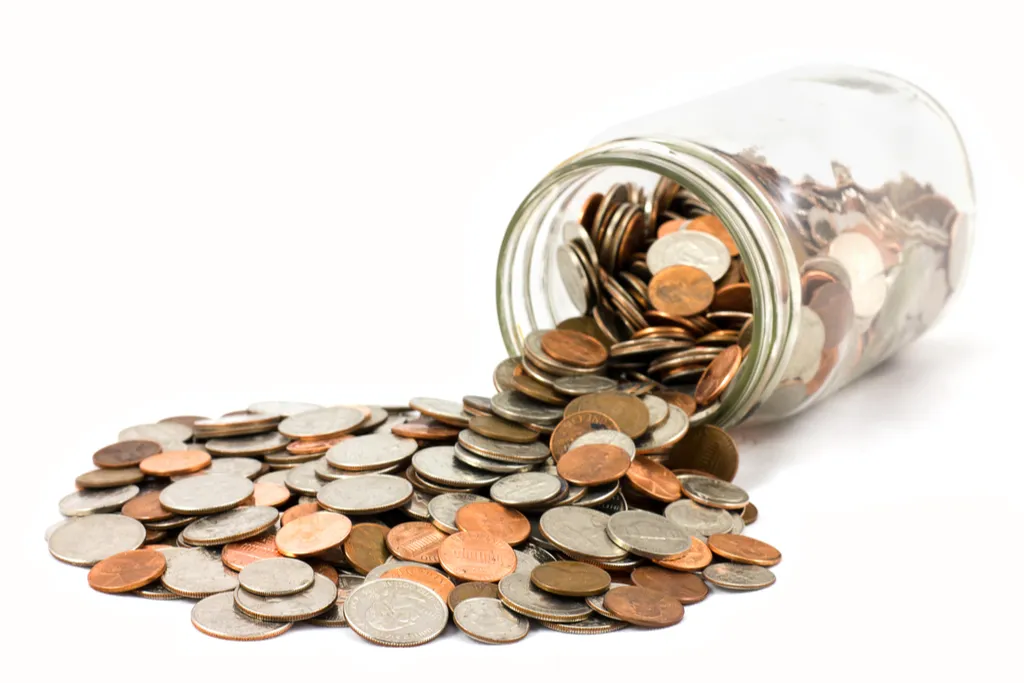
Towards the end of the 18th-century, the U.S. Mint began adding ridges to every coin to stop criminals from filing down the edges of coins in order to sell the precious metal. This process, called "reeding," prevented the criminals from filing the edges without it being entirely obvious that they had done so, according to the History Channel.
2
Living presidents can't have their faces on currency.

This piece of legislation, preventing living Presidents from appearing on U.S. currency, was established to ensure that the United States would not appear like a monarchy since other countries were distributing currency with their current king or queen etched into the face of the metal. The only time this rule was broken was when then-President Calvin Coolidge's image was placed on a commemorative coin for the Sesquicentennial of American Independence. The coin was minted in 1926.
3
North Korea is the largest counterfeiter of U.S. currency.

In fact, North Korea has become so adept at counterfeiting American currency that their replicas are called "superdollars," as their deceit can only be detected using special equipment at the Federal Reserve. As 0f 2009, officials estimated that approximately $45 million worth of these fakes were still in circulation.
4
Physical money is only a small percentage of the currency.
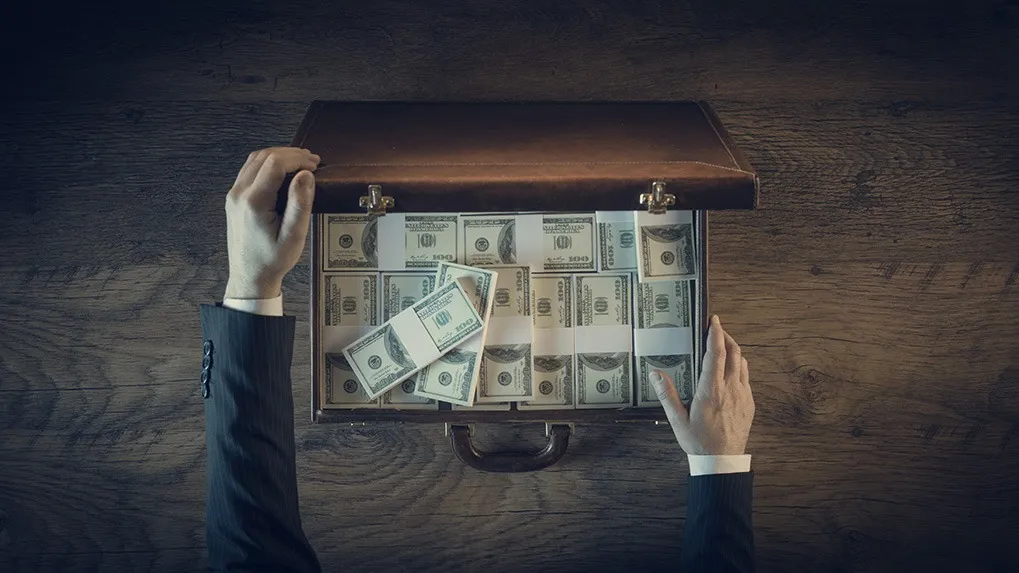
Look around you—who actually carries cash with them at all times? With the easy access to funds using a debit or credit card, there's really is no need for physical cash anymore. This might explain the fact that a mere 8 percent of the nation's currency is physical money. The rest is all stored online.
5
The one-dollar bill is basically a tribute to the 13 colonies.

The creators of the one-dollar bill paid an incredible attention to detail, as there are multiple small signs of the 13 colonies on the bills that you've probably never spotted. For example, there are 13 stars above the eagle in the corner, 13 steps on the pyramid, 13 vertical bars on the eagle's shield, and 13 leaves and 13 berries on the olive branch in the eagle's talon.
6
The new hundred-dollar bill makes the Liberty Bell dance—among other things.
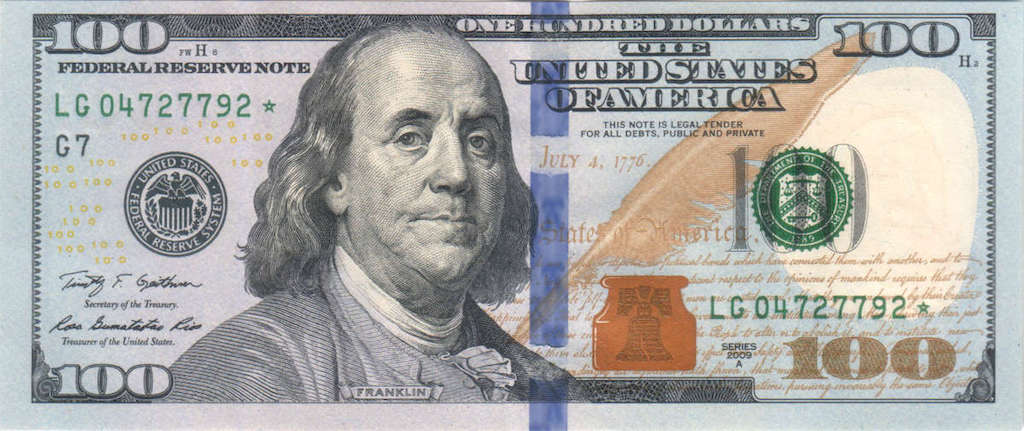
Introduced into circulation in 2013, the new one-hundred dollar bill introduced a whole new host of security features (and sly tricks) to its currency. For starters, a 3-D security ribbon was added to its face that, when moved in the light, change from $100 signs to bells. Further, the Liberty Bell and inkwell change colors when moved in the light. Also, for the first time, the hundred-dollar bill introduced a textured surface to the bill, over Benjamin Franklin's shoulder.
7
Benjamin Franklin used a sassy motto for the first penny.
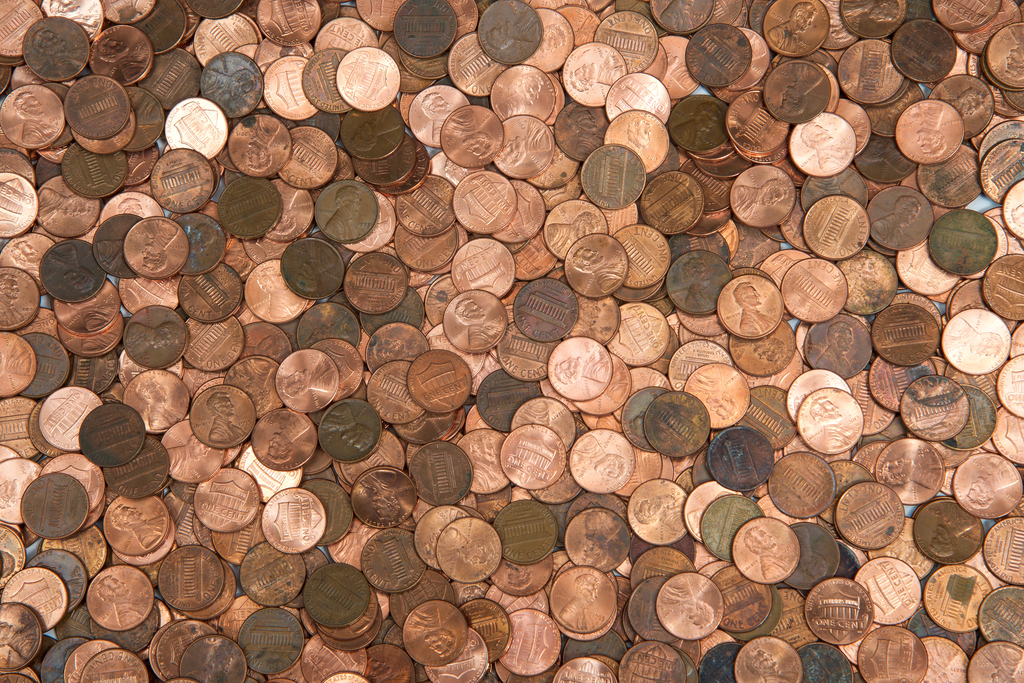
Before the penny was emblazoned with the words "E PLURIBUS UNUM" (meaning "out of many, one"), Benjamin Franklin, who designed the first penny in 1787, instead used the words "MIND YOUR BUSINESS" to decorate the front of the coin.
8
It costs more than a penny to make a penny.

As it turns out, it actually costs 1.7 cents per coin to mint them in the United States—a statistic that could make the penny obsolete.
9
The TSA gathers a lot of loose change.

If you've ever unknowingly donated your loose change to TSA, then you're not alone. Back in 2015, the TSA reported that they had received an incredible amount of money that year from airline passengers—$765,759.15, to be precise. And yep, they get to keep every penny.
10
Money actually isn't made of paper.
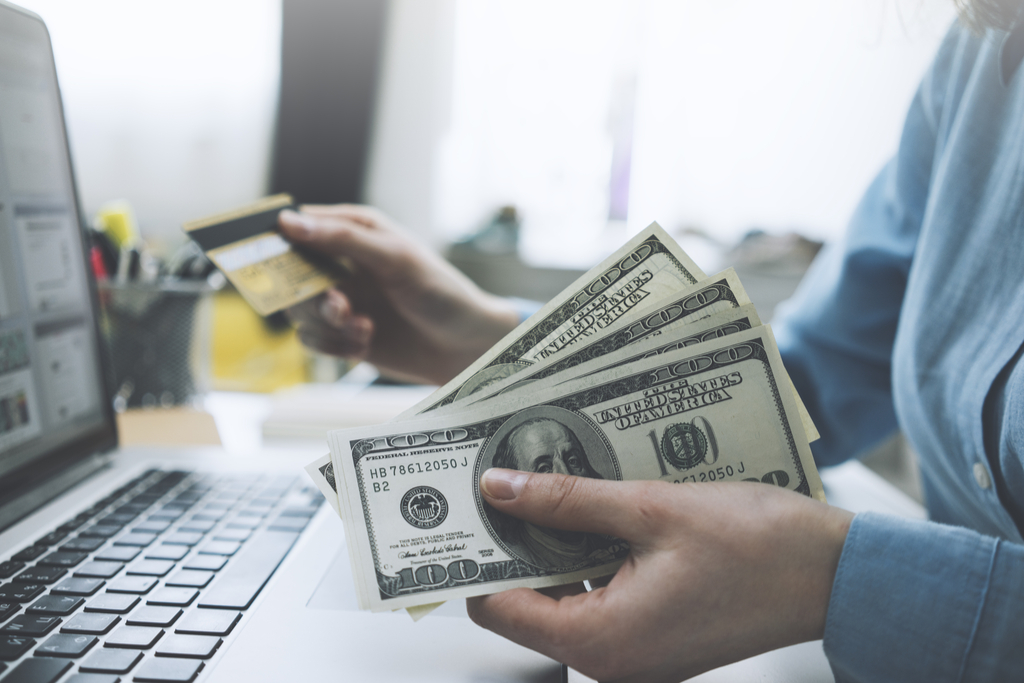
In fact, money has never been made out of paper. Since the creation of our nation's currency, it has been made out of 75 percent cotton and 25 percent linen. Back in the beginning days of currency, they used to repair ripped bills with needle and thread.
11
Money makes great compost.

After a bill is removed from circulation, it's shipped to a farm where it is mulched and turned into compost. Most of this process is performed at a farm in Delaware.
12
Stick your bills in the microwave if the vending machine won't take them.
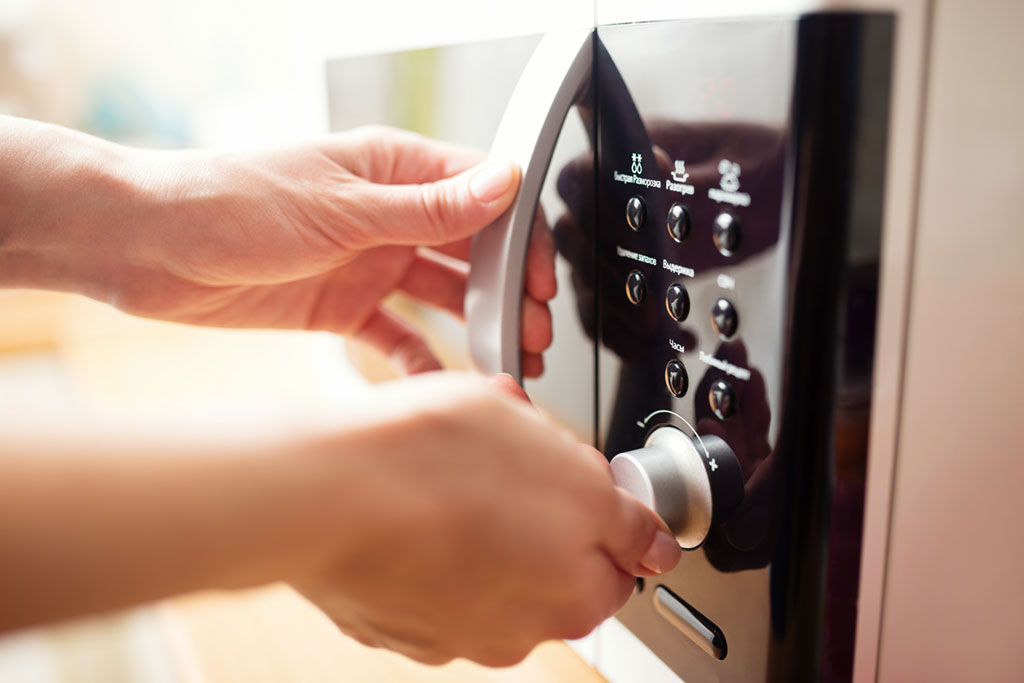
If you find that your bills are too severely worn to be used in vending machines, popping them into the microwave for 20 seconds will actually flatten them out and make them more crisp and clean than before.
13
Bills have a short lifespan.
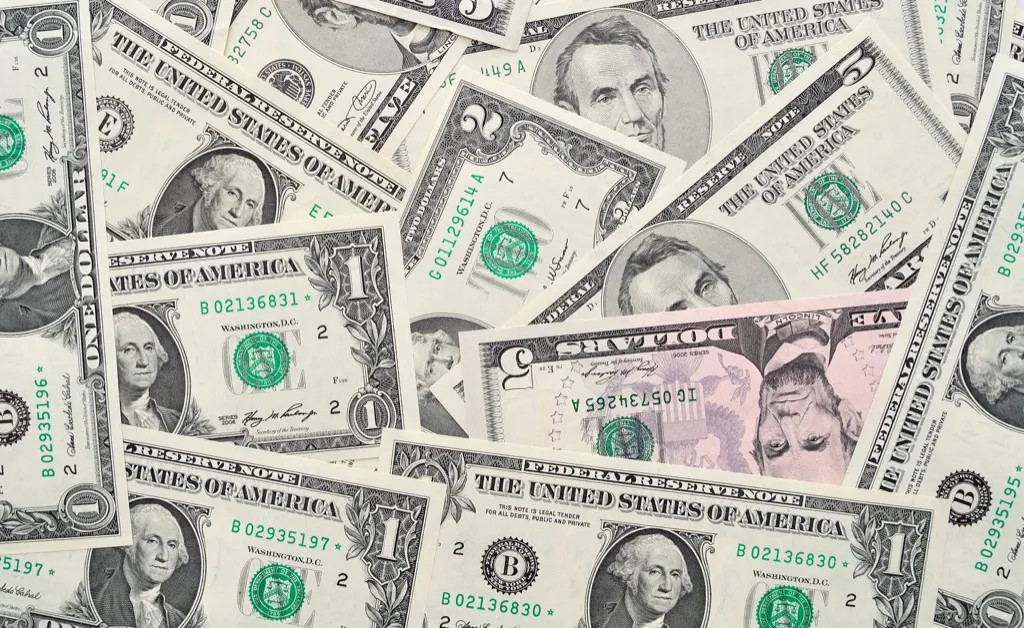
Contrary to popular belief, bills actually have an incredibly short lifespan, with the $100 bill surviving the longest at 15 years. As far as the rest of the bills go, the $1 bill lasts approximately 5.9 years, the $5 bill lasts around 4.9 years, the $10 bill lasts for 4.2 years, the $20 bill around 7.7 years, and finally, the $50 bill lasts around 3.7 years, according to Forbes.
14
Two-dollar bills aren't actually that rare.
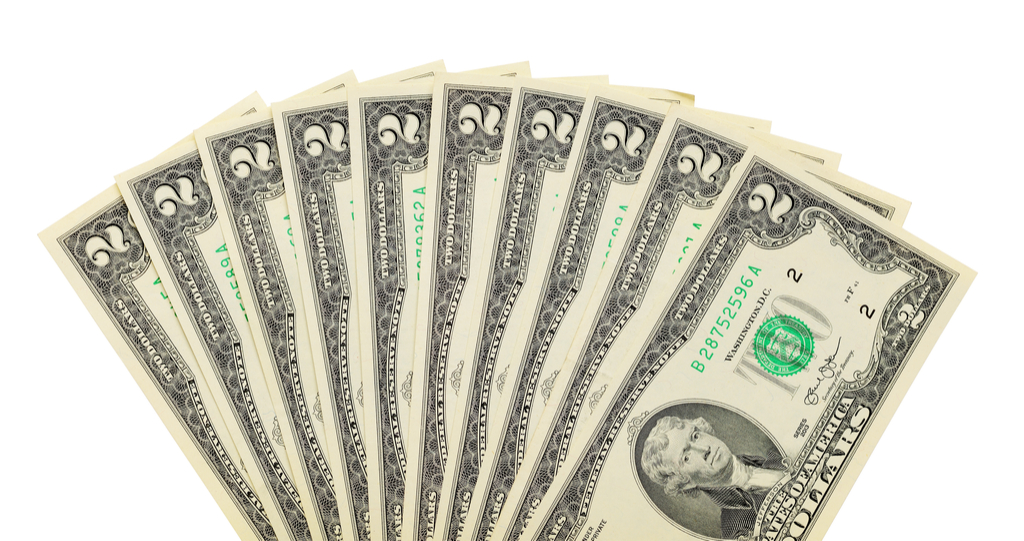
While two-dollar bills are thought to be unique and rare, resulting in a belief that they bring about good luck, it turns out that they are actually relatively common. Currently, it is estimated that around 1.1 billion of them are currently in circulation.
15
$100,000 dollar bills used to exist.

In 1934, the Federal Reserve created the $100,000 gold certificate—though it was only used in transactions between the Federal Reserve and the U.S. Treasury. Just a year later, they halted production of this incredibly valuable bill.
16
The Secret Service was created to protect our money.

Before the Secret Service was busy protecting our Presidents, they were serving to protect another valuable asset: our currency. Back in 1865, the entity was created to fight a counterfeiting epidemic, when nearly half of all cash in circulation was found to be counterfeit.
17
A 12-year-old boy started the Gold Rush.
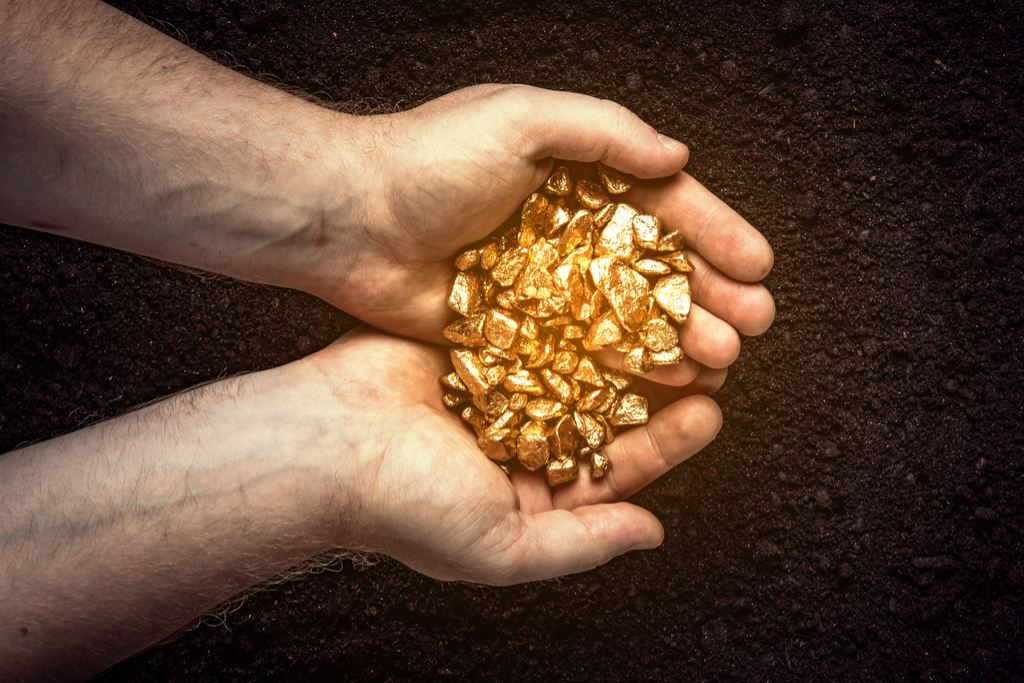
That's right—the first Gold Rush started in 1803, when a 12-year-old boy from North Carolina, Conrad Reed, found a 17-pound golden nugget on his farm. In fact, this nugget supplied the gold for all of the nation's mints until 1829.
18
There are hundreds of ways to make change for a dollar.
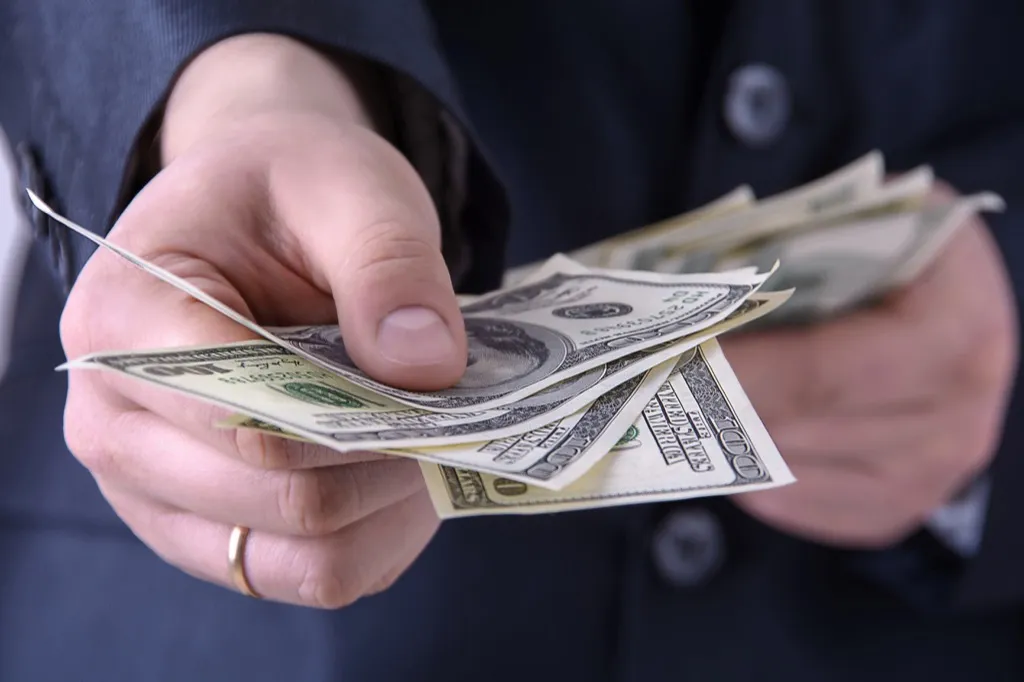
More precisely, there are 293 ways to make change for a dollar.
19
We use tons of ink each day making money.
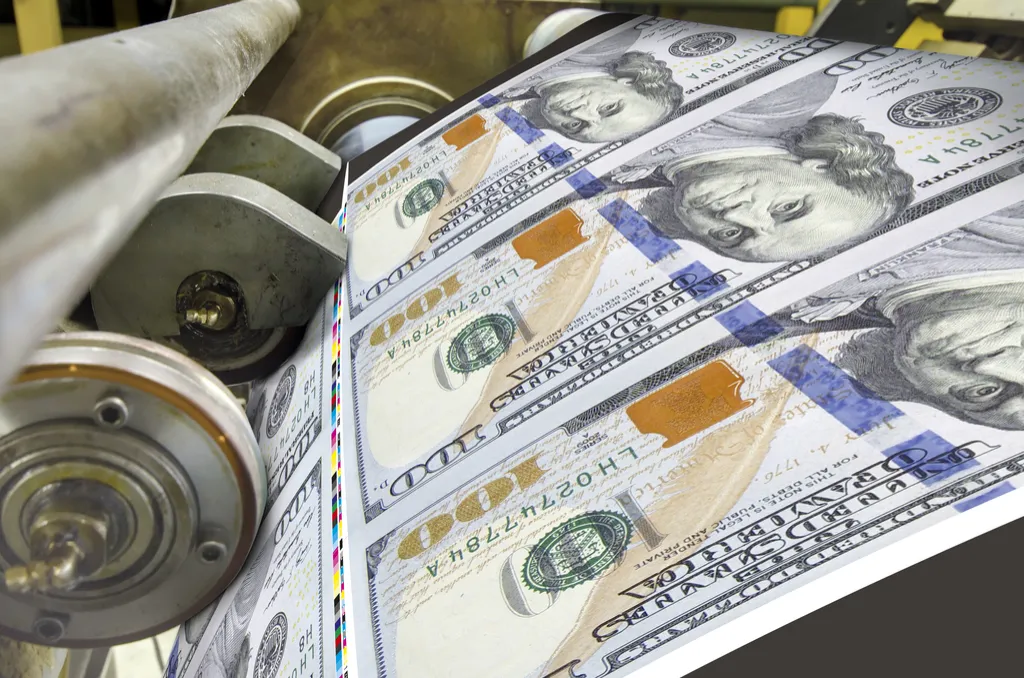
The U.S. Bureau of Engraving and Printing uses 9.7 tons of ink to make approximately $974 million in currency every day. (Fun fact: the Monopoly game actually prints more money than this government agency every year).
20
Most bills are contaminated with germs.
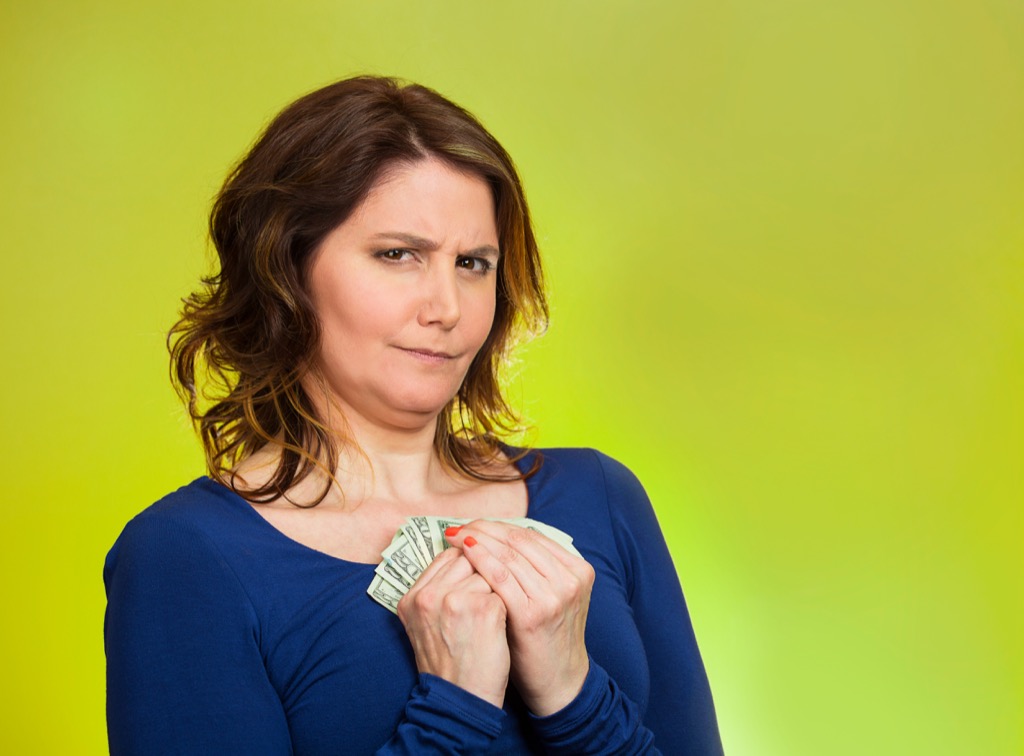
According to a 2002 study conducted by U.S. Air Force researchers, 94 percent of money is contaminated with germs, with around 7 percent of that infected money containing seriously harmful strains of bacteria like E. coli.
21
Bills are incredibly durable.
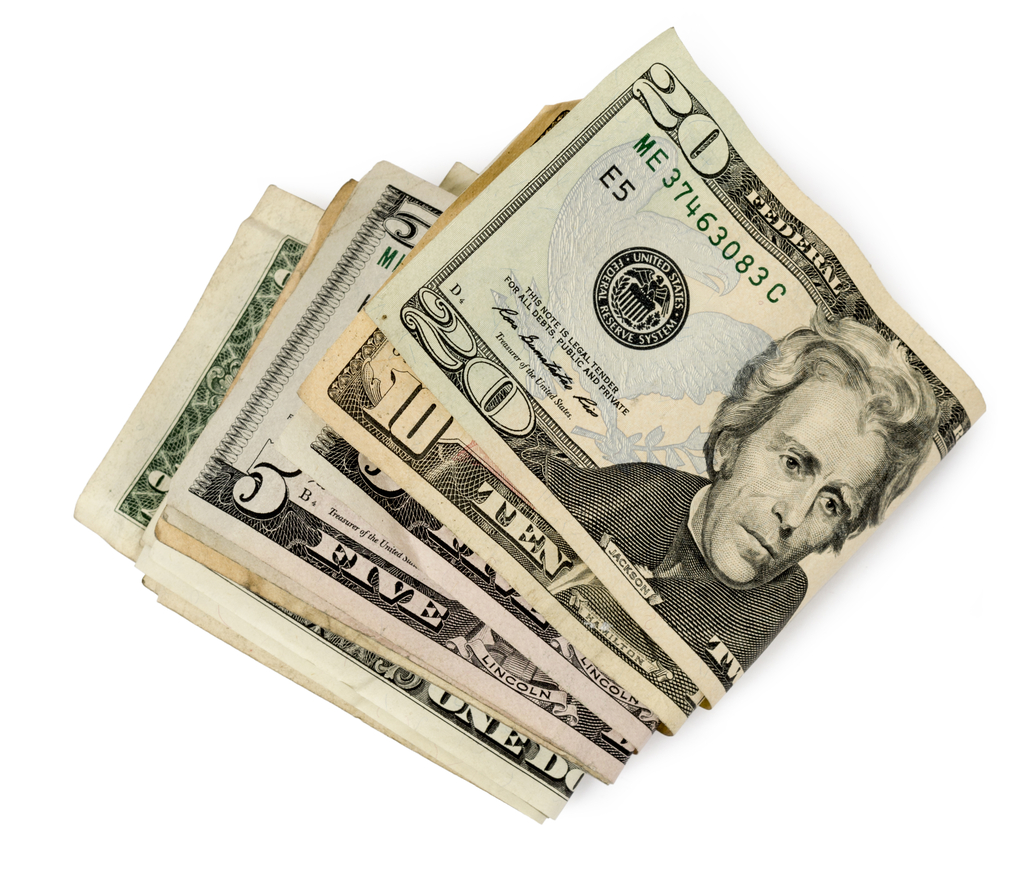
Though each bill's lifespan depends on how much they will be used (for example, $100 bills typically last for 15 years or longer because they are not used as often as other bills), most bills are created to be incredibly durable, surviving up to 8,000 folds.
22
Bills also contain other residual substances.
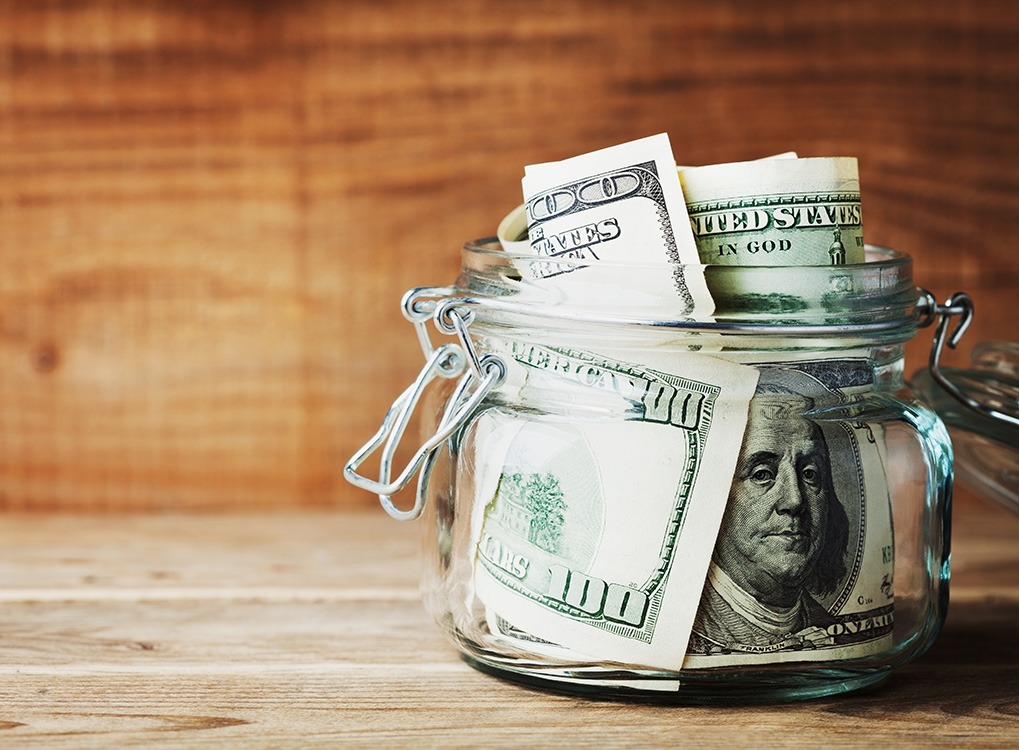
According to a study conducted by the University of Massachusetts, around 90 percent of all bills in circulation contain at least trace amounts of cocaine. This is especially the case in bigger cities like Chicago, New York City, and Detroit, where the number sometimes raises to 95 percent.
23
The ink used to print money is incredibly high tech.
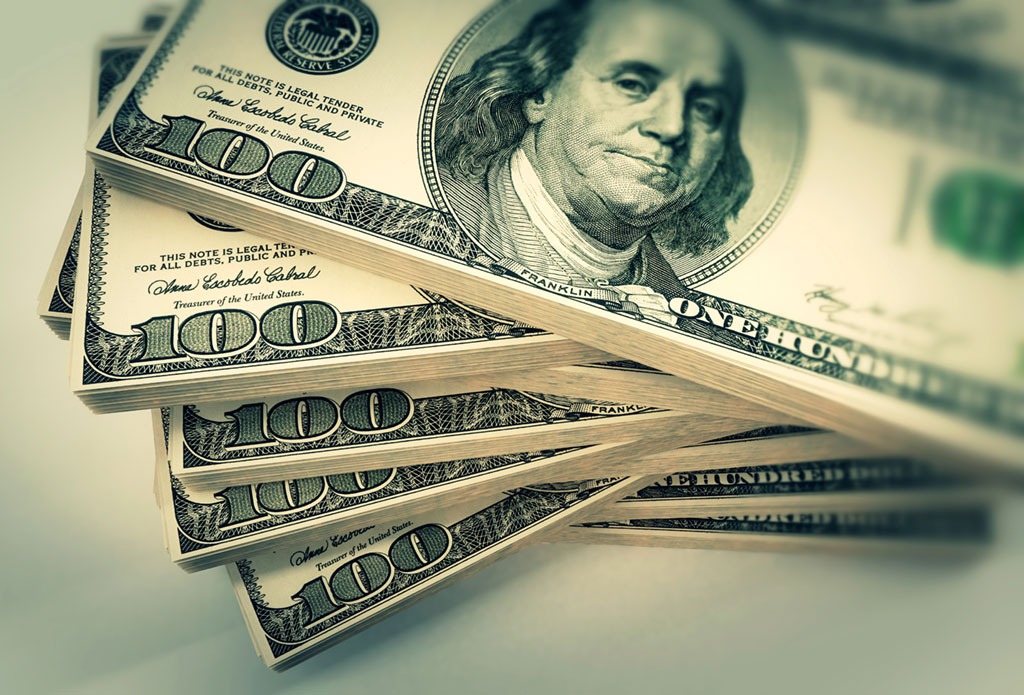
To keep track of all the money in existence, the Federal Reserve engraves the bills with trackable, magnetic, and color-changing properties to make each of them unique.
24
Pennies can repel pesky slugs from getting into your garden.
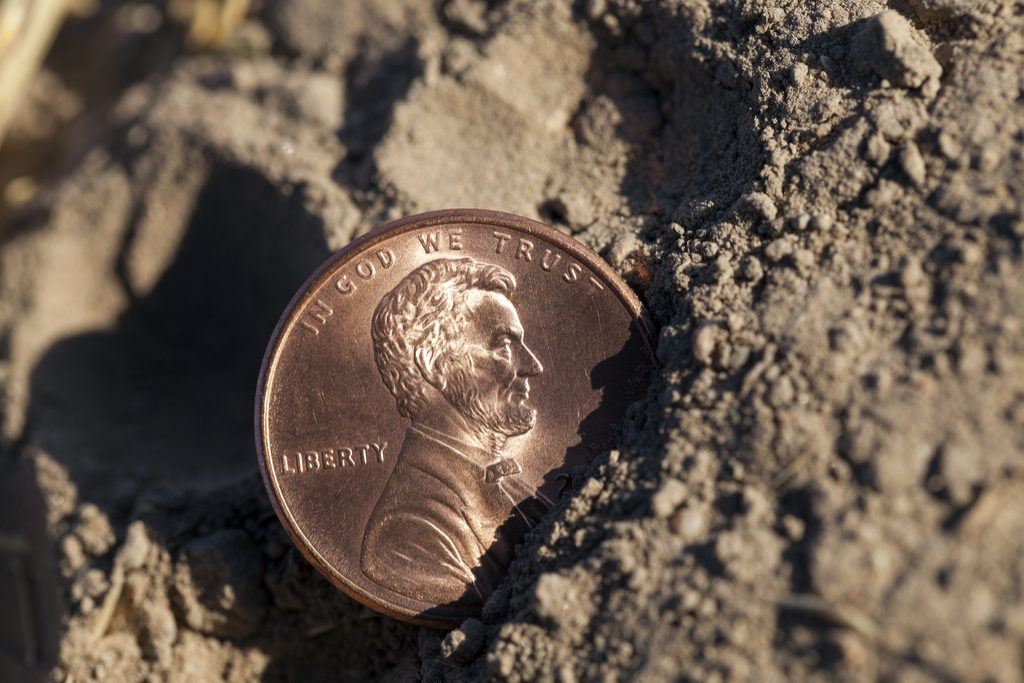
To stop slugs from hanging around your garden, you can simply bury pennies around the perimeter of the garden, since slugs actually receive electric shocks when they come in contact with copper and zinc.
25
U.S. banknotes are the finest quality engravings in the world.
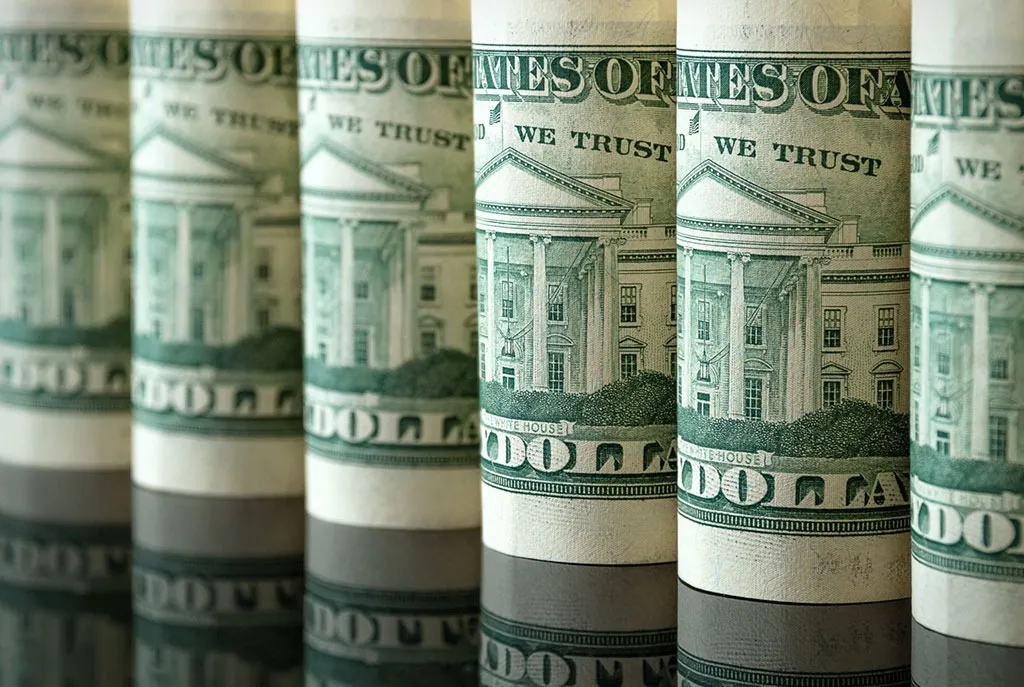
Noted for their attention to detail and impressive security measures, U.S. banknotes represent the finest quality engravings in the world. This fact is all thanks to the Federal Reserve's use of the Swiss Super Orlof printing presses that cost around $7 million per machine.
26
Sailors used to make rings out of coins.
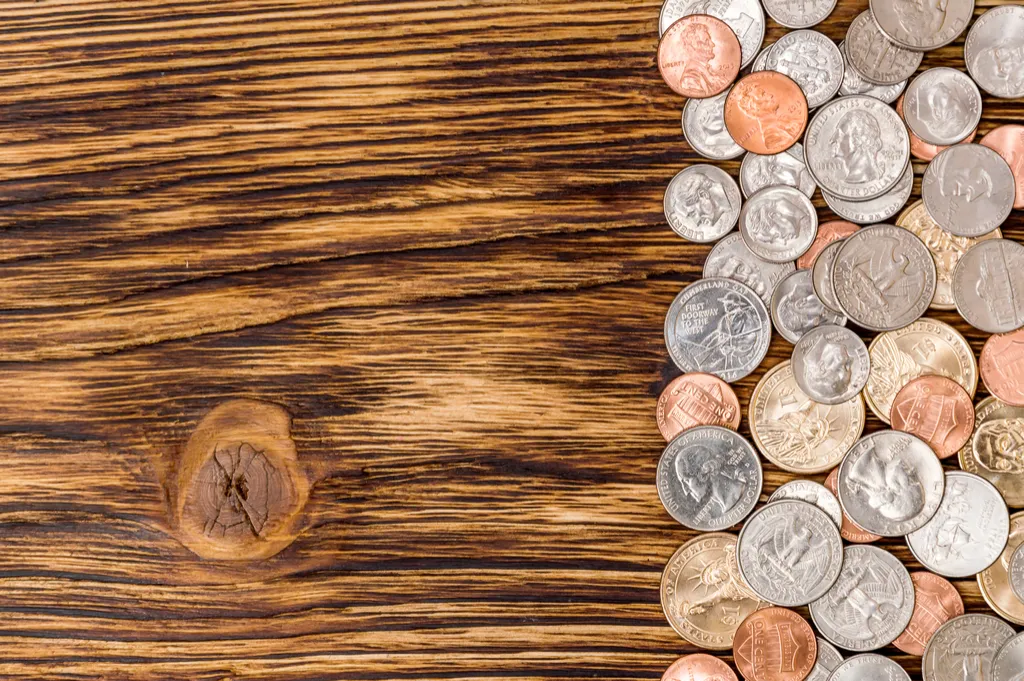
In their spare time, sailors used to bang on the edges of U.S. coins with spoons in order to retrieve the middle out of the thickened rims to make rings and jewelry out of the precious metals.
27
The first woman to appear on a U.S. coin wasn't even American.
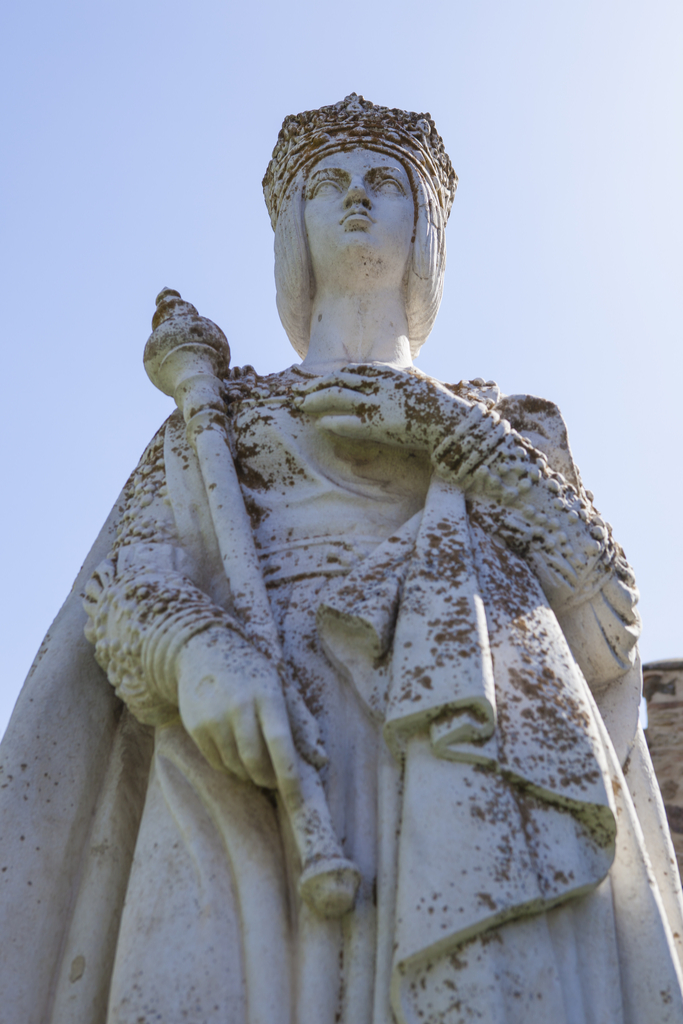
Before the government considered putting Harriet Tubman on U.S. currency, they managed to only feature prominent male leaders on bills and coins. However, the first woman to appear on a U.S. coin wasn't even American—she was Queen Isabella of Spain, who was featured on a commemorative coin in 1893.
28
The most counterfeited bill is a 20-dollar bill.

According to Business Insider, the most counterfeited bill is a 20-dollar bill, while the most counterfeited bill outside of the United States is the 100-dollar bill.
29
New money now has to be printed to replace the U.S. dollars that end up overseas.
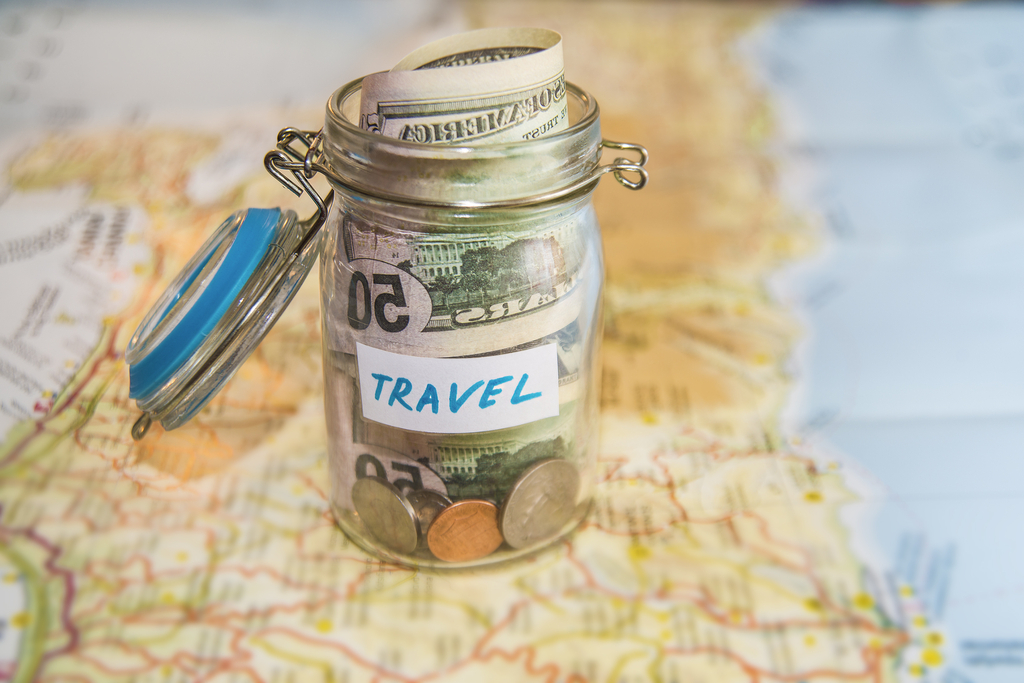
The U.S. Bureau of Engraving and Printing, as we already know, works hard every year to replace the money already in circulation, but, as it turns out, 95 percent of the new money being printed at these facilities is just simply to replace U.S. dollars that end up overseas.
30
Before the creation of the Federal Reserve, each bank printed its own money.
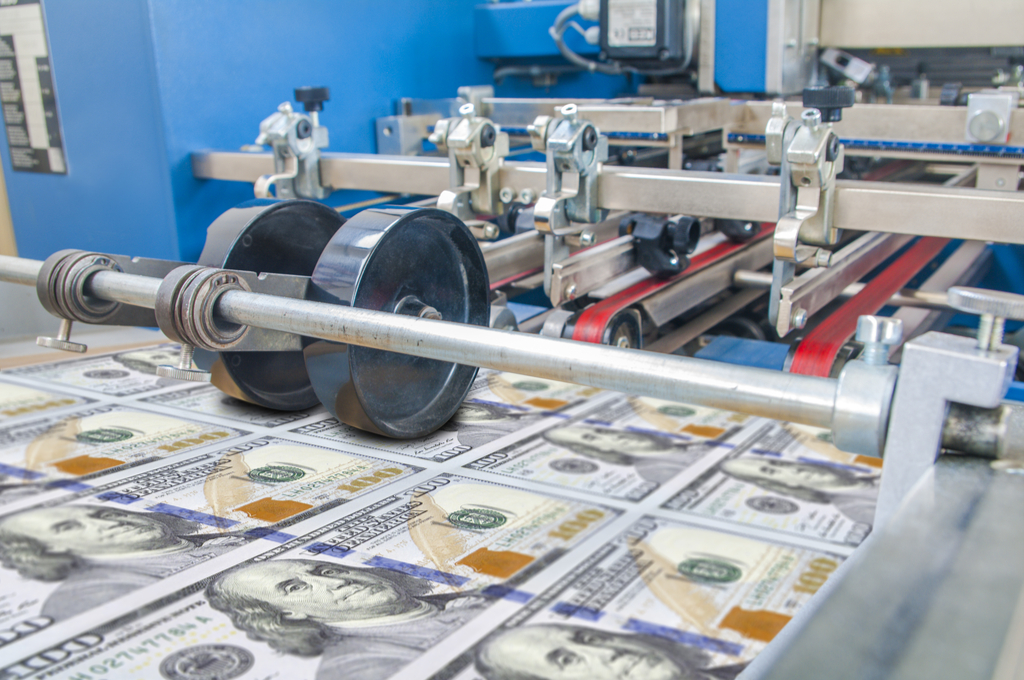
Before the Federal Reserve was established in 1913, each bank in America printed its own money—which, unsurprisingly, got a bit confusing, making the invention of this government agency a necessity.





















